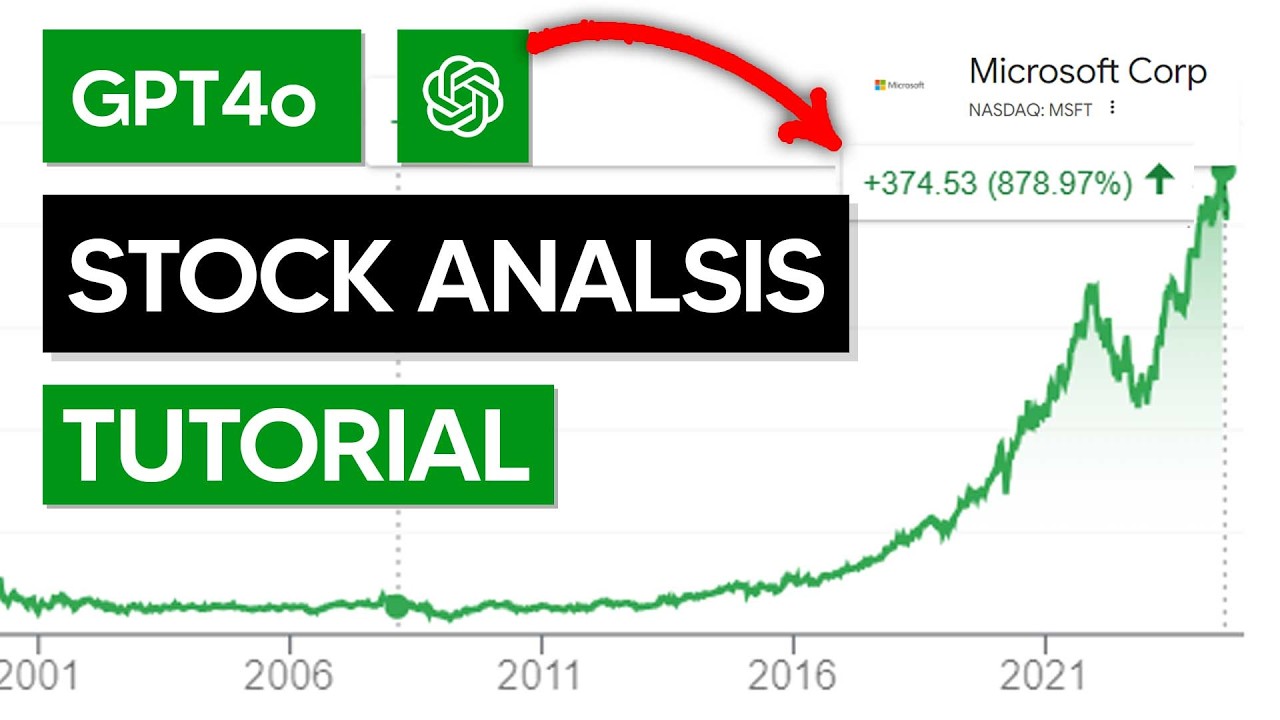20 Best Reasons For Choosing Ai Stock Trading
20 Best Reasons For Choosing Ai Stock Trading
Blog Article
Top 10 Strategies To Scale Up And Begin Small To Get Ai Stock Trading. From Penny Stocks To copyright
Start small and gradually scale your AI trading in stocks. This approach is great for dealing with high risk situations, like the penny stock market or copyright markets. This allows you to learn from your mistakes, enhance your models, and manage risks efficiently. Here are the top 10 strategies for scaling AI operations for trading stocks gradually:
1. Start with a Clear Strategy and Plan
Before starting, you must determine your trading goals and risk tolerance. Additionally, you should identify the target markets you are interested in (e.g. penny stocks or copyright). Begin small and manageable.
Why: A well-defined plan keeps you focused and limits emotional decision-making as you begin small, while ensuring longevity and growth.
2. Test Paper Trading
To begin, paper trade (simulate trading) using real market data is a fantastic option to begin without risking any real capital.
Why is this? It lets you test your AI model and trading strategies with no financial risk in order to identify any issues before scaling.
3. Select a low cost broker or Exchange
Make sure you choose a broker with minimal fees, and allows for tiny investments or fractional trading. This is particularly helpful when you are first making your first steps with copyright and penny stocks. assets.
A few examples of penny stocks: TD Ameritrade Webull E*TRADE
Examples of copyright: copyright copyright copyright
Why: The key to trading smaller quantities is to lower transaction fees. This can help you not waste your money by paying high commissions.
4. Focus on a Single Asset Class Initially
Tip: Start with one asset type like penny stocks or cryptocurrencies, to simplify the process and concentrate on the learning process of your model.
Why? By focusing your efforts on a single market or asset, you will be able reduce the learning curve and gain expertise before expanding to new markets.
5. Make use of small positions
Tip: Minimize your exposure to risks by keeping your position sizes to a low percentage of the total value of your portfolio.
The reason: You can cut down on potential losses as you refine your AI models.
6. As you build confidence, increase your capital.
Tip: Once you see consistently positive results for a few months or quarters, slowly increase your capital for trading, but only as your system shows consistent performance.
What's the reason? Scaling gradually allows you to build confidence in the strategy you use for trading as well as managing risk before you make bigger bets.
7. Concentrate on a simple AI Model first
Tips: To forecast the prices of stocks or copyright begin with basic machine learning models (e.g. decision trees, linear regression) before moving on to deeper learning or neural networks.
The reason: Simpler trading strategies make it easier to keep, improve and understand as you start out.
8. Use Conservative Risk Management
Use strict risk management rules including stop-loss order limits and limits on size of positions or employ a conservative leverage.
The reason: Risk management that is conservative helps you avoid suffering huge losses in the beginning of your trading career, and allows your strategy to expand as you progress.
9. Reinvest Profits into the System
Tips: Instead of taking early profits and withdrawing them, invest them into your trading system to improve the model or scale operations (e.g., upgrading equipment or increasing capital for trading).
Why: By reinvesting profits, you can increase returns and improve infrastructure to enable larger operations.
10. Examine AI models frequently and optimize them
Tip: Continuously monitor the performance of your AI models and improve the models with more information, up-to date algorithms, or improved feature engineering.
Why? By constantly enhancing your models, you will make sure that they are constantly evolving to keep up with changes in market conditions. This can improve your ability to predict as your capital grows.
Bonus: Once you have a solid foundation, consider diversifying.
Tips: Once you've established a solid foundation and your system has been consistently successful, consider expanding your portfolio to different asset classes (e.g. expanding from penny stocks to mid-cap stock, or adding additional cryptocurrencies).
What is the reason? Diversification is a way to decrease risk and improve returns. It allows you to benefit from different market conditions.
Beginning small and later scaling up, you give yourself the time to study and adjust. This is vital for long-term trader success in the highly risky environment of penny stock and copyright markets. Follow the top ai copyright prediction for more tips including ai trading, trading ai, best ai stocks, ai stock trading bot free, ai stocks to buy, best ai stocks, best stocks to buy now, stock market ai, best ai stocks, ai copyright prediction and more. 
Top 10 Tips For Profiting From Ai Stock Pickers, Predictions And Investments
Backtesting is a useful instrument that can be used to improve AI stock strategy, investment strategies, and forecasts. Backtesting helps test how an AI-driven strategy performed under historical market conditions, providing insights into its effectiveness. Backtesting is a fantastic tool for stock pickers using AI as well as investment forecasts and other instruments. Here are 10 helpful tips to make the most out of backtesting.
1. Make use of high-quality historical data
TIP: Make sure the backtesting software is able to provide exact and up-to date historical data. These include stock prices and trading volumes, as well dividends, earnings reports, and macroeconomic indicators.
The reason: High-quality data guarantees that backtesting results reflect realistic market conditions. Uncomplete or incorrect data can cause backtest results to be misleading, which will impact the accuracy of your plan.
2. Include the cost of trading and slippage in your calculations.
Tip: Simulate realistic trading costs such as commissions as well as transaction fees, slippage, and market impact in the process of backtesting.
What's the reason? Not taking slippage into consideration can result in your AI model to overestimate the potential return. By incorporating these aspects the results of your backtesting will be closer to the real-world scenario.
3. Test under various market conditions
Tip: Backtest your AI Stock Picker for multiple market conditions. These include bear markets and bull markets, as well as times of high market volatility (e.g. market corrections or financial crisis).
Why: AI model performance may vary in different market environments. Tests in different conditions will ensure that your plan is dependable and adaptable to various market cycles.
4. Utilize Walk-Forward testing
Tip Implement walk-forward test, which test the model by testing it against a a sliding window of historical data and testing its performance against data not included in the sample.
Why walk forward testing is more secure than static backtesting when assessing the real-world performance of AI models.
5. Ensure Proper Overfitting Prevention
Tips: Beware of overfitting your model by experimenting with different time periods and ensuring that it doesn't pick up any noise or other irregularities in historical data.
Why? Overfitting occurs if the model is focused on historical data. This means that it's not as effective in predicting market movement in the near future. A model that is well-balanced should generalize to different market conditions.
6. Optimize Parameters During Backtesting
TIP: Make use of backtesting tools to optimize the key parameters (e.g. moving averages and stop-loss levels or position sizes) by changing them incrementally and then evaluating the effect on returns.
What's the reason? The parameters that are being used can be adapted to improve the AI model’s performance. As previously stated it is essential to make sure that this optimization does not result in overfitting.
7. Drawdown Analysis & Risk Management Incorporated
Tips: Use risk management tools such as stop-losses (loss limits), risk-to reward ratios, and position sizing when testing the strategy back to gauge its strength to large drawdowns.
The reason: a well-designed risk management strategy is crucial for long-term profitability. By simulating your AI model's approach to managing risk it will allow you to spot any weaknesses and adapt the strategy accordingly.
8. Analysis of Key Metrics beyond Returns
Sharpe is a key performance metric that goes far beyond simple returns.
These metrics help you get a better understanding of the risk-adjusted return on the AI strategy. Relying solely on returns may ignore periods of extreme volatility or high risk.
9. Simulation of various strategies and asset classes
Tip: Test the AI model with different asset classes (e.g. stocks, ETFs and cryptocurrencies) as well as different investing strategies (e.g. mean-reversion, momentum or value investing).
The reason: Having the backtest tested across different asset classes can help evaluate the adaptability of the AI model, which ensures it can be used across many types of markets and investment strategies, including high-risk assets like cryptocurrencies.
10. Refresh your backtesting routinely and improve the method
TIP: Always update the backtesting model with updated market information. This ensures that it is updated to reflect the market's conditions as well as AI models.
Backtesting should reflect the changing nature of the market. Regular updates will ensure that your AI model remains useful and up-to-date as market data changes or as new data becomes available.
Bonus Make use of Monte Carlo Simulations for Risk Assessment
Tips: Monte Carlo simulations can be used to model various outcomes. Perform several simulations using various input scenarios.
Why? Monte Carlo simulations are a great way to assess the probability of a range of outcomes. They also provide a nuanced understanding on risk particularly in volatile markets.
Use these guidelines to assess and improve your AI Stock Picker. By backtesting your AI investment strategies, you can ensure that they are robust, reliable and adaptable. Have a look at the best ai copyright prediction for website advice including ai trading app, ai for trading, ai trading app, ai trading software, best ai stocks, best ai copyright prediction, stock ai, stock ai, stock market ai, ai stock and more.